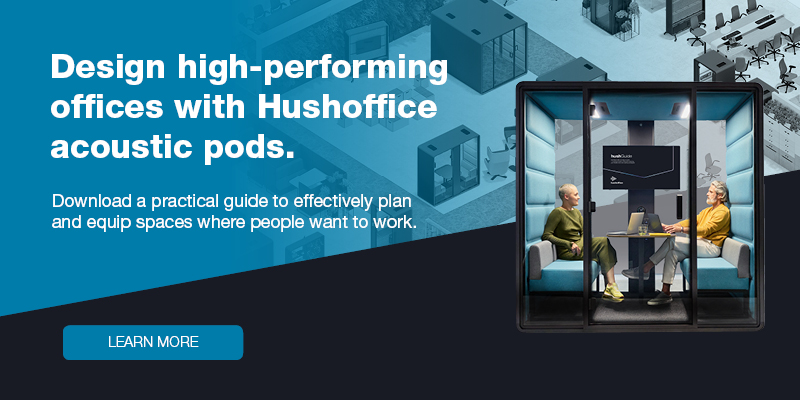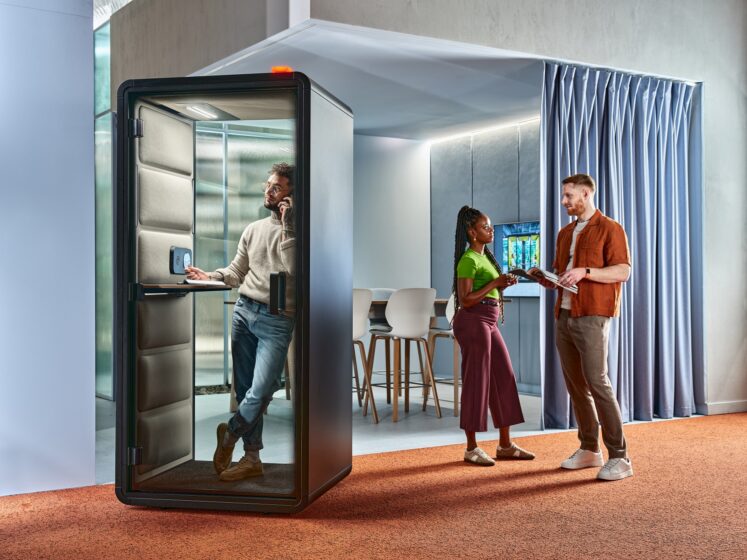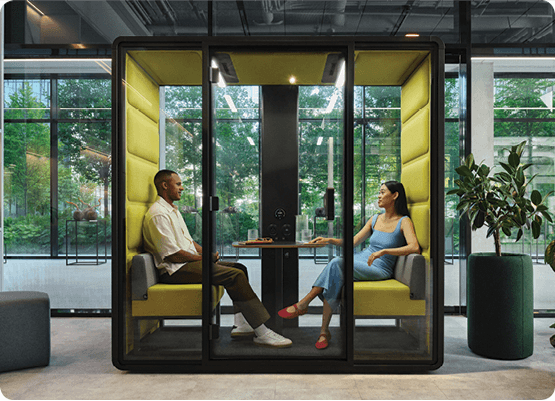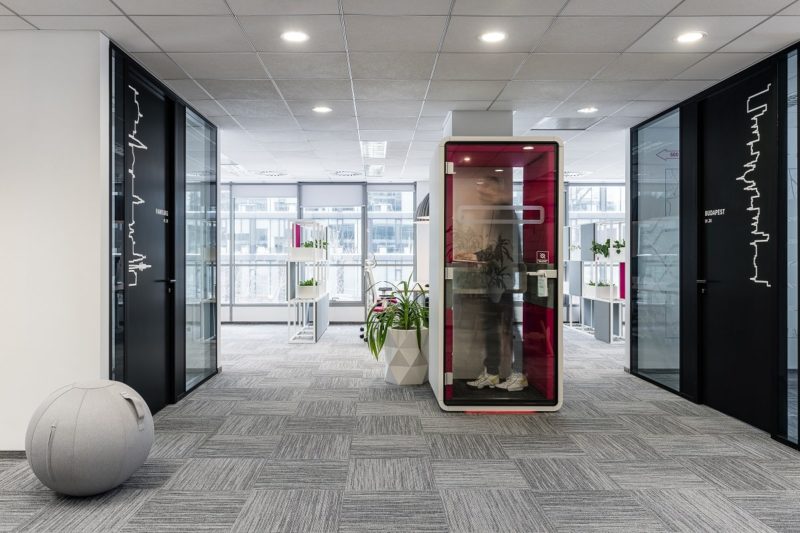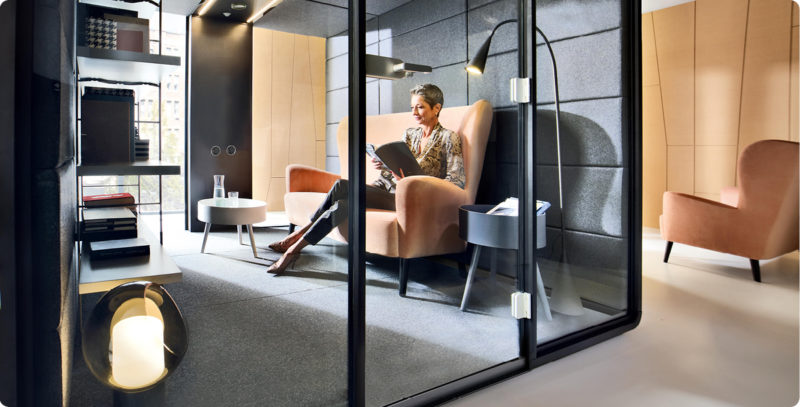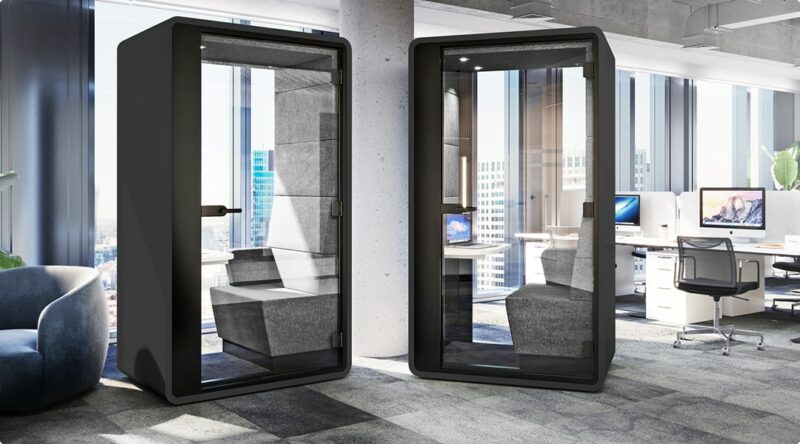Find your fit with “work-life fit”
- Posted on: 11 May 2023
- By: Hushoffice Team
Does the concept of work-life balance resonate with you? An alternative paradigm is the emerging “work-life fit” which, instead of seeking to divide “work” and “life” into two separate elements, sees either as counterparts to be harmonized. Perhaps it’s for you.
Let’s look at some potential benefits of work-life fit and practical ways to apply the concept.
Work-life fit – tl;dr
Unlike work-life balance, work-life fit is not about a perfect balance between work and personal life. It’s about blending the two in a way that works for each employee’s unique circumstances.
Work-life fit is positively associated with job performance and organizational commitment among employees. Employees who have a better fit between their work and personal responsibilities report higher levels of job satisfaction and lower levels of stress and burnout compared to employees who have a poorer fit.
Employers can embrace work-life fit by talking to employees and starting a discussion about it, encouraging everyone to take microbreaks throughout the workday, and offering more flexible work arrangements. Remote work policies, flexible hours, compressed workweeks, meeting-free days, flextime, staggered work schedules, or half days are worth considering.
We see work-life fit becoming a preferred framework for some employees because it doesn’t indicate sacrifice of work for life or vice versa. Rather, it treats both as equals to be unified. By implementing this new framework through more workplace flexibility or through a stronger culture of periodic breaks, organizations can honor the employee’s whole spectrum of needs, letting them navigate work and life in a more natural way
– says Mateusz Barczyk, Senior Brand Manager, Hushoffice.
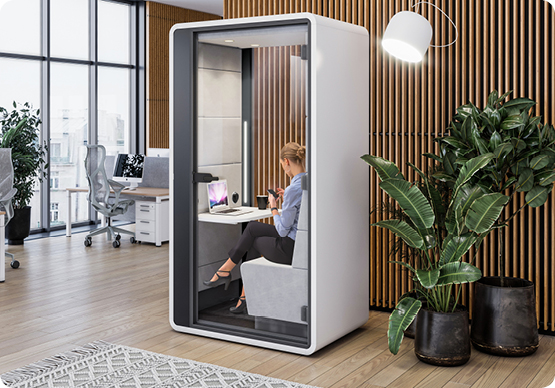
What is work-life fit?
Work-life fit was popularized by author Cali Williams Yost. In her suggestion, work-life fit is not about a perfect balance between work and personal life. It’s about integrating the two in a way that works for each individual’s unique circumstances.
Why work-life fit might be a favored paradigm for you…
Work-life fit is positively associated with job performance and organizational commitment among employees.
To follow are four reasons it may resonate and work better for you. It’s a matter of outlook.
1. Work-life balance demands a hard boundary between “work” and “life”
This causes stress when “work” bleeds into “life” or vice versa. Work-life fit sees the line between “work” and “life” as fluid rather than fixed — and the two spheres as yin and yang and interconnected. So it inspires employees to live in an integrated way rather than compartmentalizing.

Expectedly, employees who have a better fit between their work and personal responsibilities report higher levels of job satisfaction and lower levels of stress and burnout compared to employees who have a poorer fit.
2. “Balance” between two things requires sacrifice of one for the other (no symbiosis)
Balance evokes an image of a scale with “work” on one pan and “life” on the other. The issue then is, any effort put into either pan undoes effort put into the other. So it’s a zero-sum game. Work-life fit realizes that personal and professional realms are synergistic, not competing.
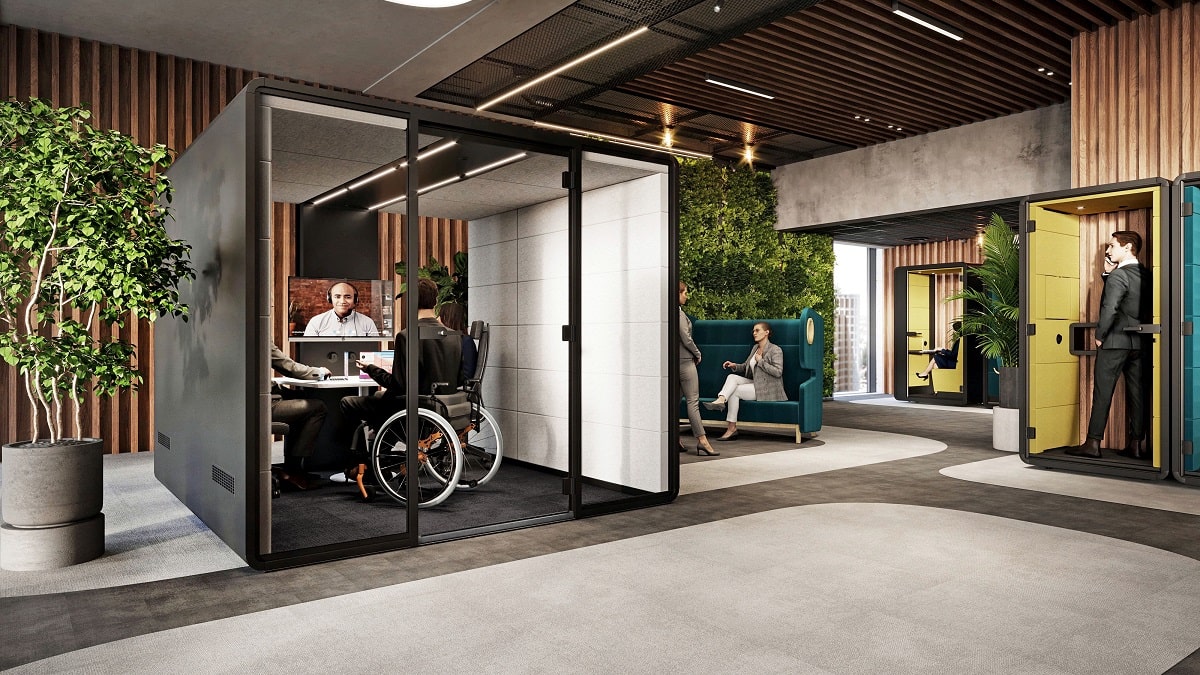
3. While rebalancing is reactive, fit is proactive
Adjusting work schedules to avoid traffic, for example, is a small proactive tweak that maximizes each day. Work-life fit empowers employees with this kind of flexibility. Conversely, a work-life balance paradigm might lead to resentment towards work due to the lack of flexibility.
When employees view work and personal responsibilities as complementary, they are less likely to experience conflict tending to either domain. They may be more engaged at work and home since time and attention spent at either place isn’t seen as an opportunity cost to the other but a complement to it
– says Mateusz Barczyk, Senior Brand Manager, Hushoffice.
Work-life fit allows for an individualized approach to workforce management.
Priorities and motivations are unique. One employee may value time off and dislike long hours. Another values advancement and is gratified by putting in hours. Some employees may require schedule adjustments due to personal responsibilities, such as caring for children or elderly parents.

The idea is to create an individualized fit through a customized work arrangement. An arrangement the employee is encouraged to adjust as their career and life evolve.
Work-life fit is promising because it constitutes a highly individualized approach to talent management. It prioritizes flexibility. So the employee can define the structure of their workday. They can adjust it as circumstances change. Instead of fitting into a fixed structure, the employee builds a flexible one that’s fitted to their needs
– adds Mateusz Barczyk, Senior Brand Manager, Hushoffice.
How can employers embrace the concept of work-life fit?
Awareness, flexible work arrangements, and a culture of periodic work breaks make strong pillars of a work-life fit approach.
Talk to your employees and start a discussion about work-life fit.
Sink your teeth into the concept of work-life fit. Prepare bullet points for a team discussion about it. Express your commitment to helping everyone achieve a healthy fit. Spur teammates to self-reflect and share how, when, and where they work best.
Encourage employees to take microbreaks throughout the workday.
Microbreaks are physically and mentally restorative, allowing employees to tend to personal needs at work. Some activities teammates may enjoy on their microbreaks include guided meditations, leisurely walks, stretching, tidying up, breathwork, or even power naps.
Offer more flexible work arrangements.
There are many ways to give employees more wiggle room and, ultimately, autonomy, allowing them to blend work and life and a way that works for them. Some options include remote work policies, flexible hours, compressed workweeks, meeting-free days, flextime, staggered work schedules, and half days.
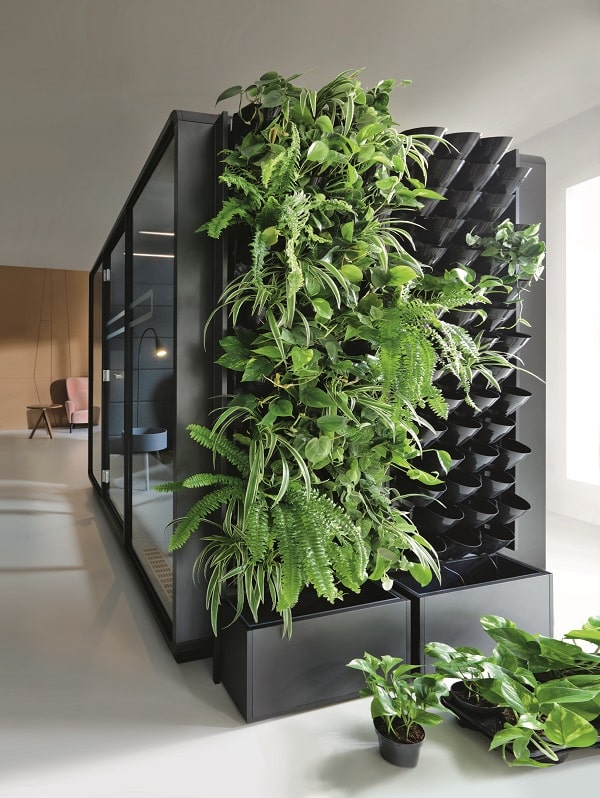
So is work-life fit for you?
Have you struggled to strike that ephemeral balance? Consider work-life fit. It’s a philosophy that expects ongoing, organic adjustment of one’s schedule. Start/end times, breaks, meeting availability, and so on. It’s about flexibility for optimal ease across work and life.
Work-life fit – summary
Unlike work-life balance, work-life fit is not about a perfect balance between work and personal life. It’s about blending the two in a way that works for each employee’s unique circumstances.
Work-life fit is positively associated with job performance and organizational commitment among employees. Employees who have a better fit between their work and personal responsibilities report higher levels of job satisfaction and lower levels of stress and burnout compared to employees who have a poorer fit.
Employers can embrace work-life fit by talking to employees and starting a discussion about it, encouraging everyone to take microbreaks throughout the workday, and offering more flexible work arrangements. Remote work policies, flexible hours, compressed workweeks, meeting-free days, flextime, staggered work schedules, or half days are worth considering.
Work-life fit – frequently asked questions
How do office pods promote autonomy?
Office pods are private, enclosed spaces that give employees a sense of personal autonomy in the workplace. In a pod, employees can control their environment and minimize distractions. They can work independently and meet with colleagues in peace. Office pods can also reduce stress by providing a space for employees to take microbreaks or engage in quiet reflection.
Is work-life fit better than work-life balance?
Work-life fit may be preferred for some employees as it seeks to harmonize “work” and “life” rather than separating the two. Employees with a better fit between their work and personal responsibilities report higher levels of job satisfaction and lower levels of stress and burnout than employees with a poorer fit.
What can I say instead of work-life balance?
Consider the paradigm “work-life fit.” Instead of seeing “work” and “life” as separate entities, work-life fit sees the two aspects as complementary counterparts. With work-life fit, the focus isn’t so much on achieving a balance between work and life. It’s on integrating the two in a way that feels natural and productive.
